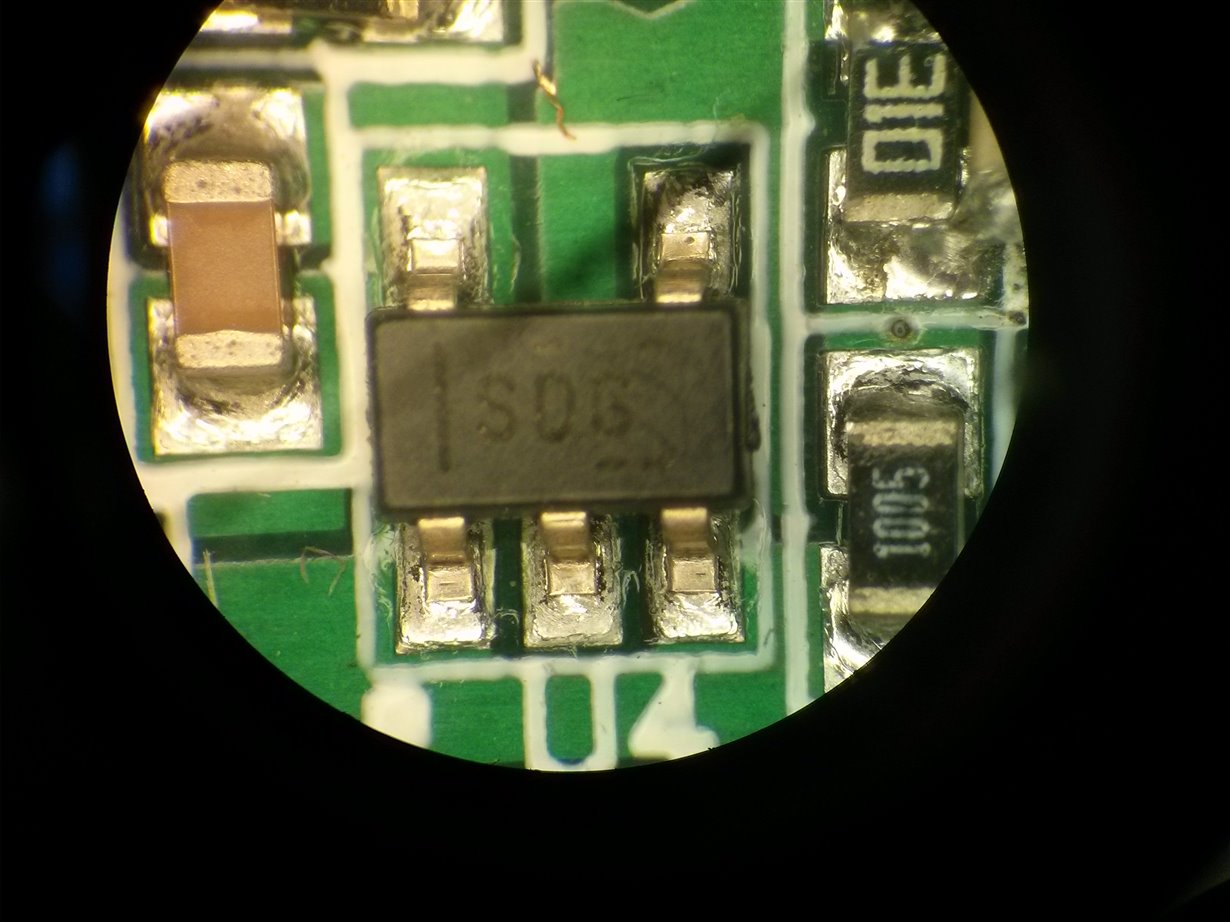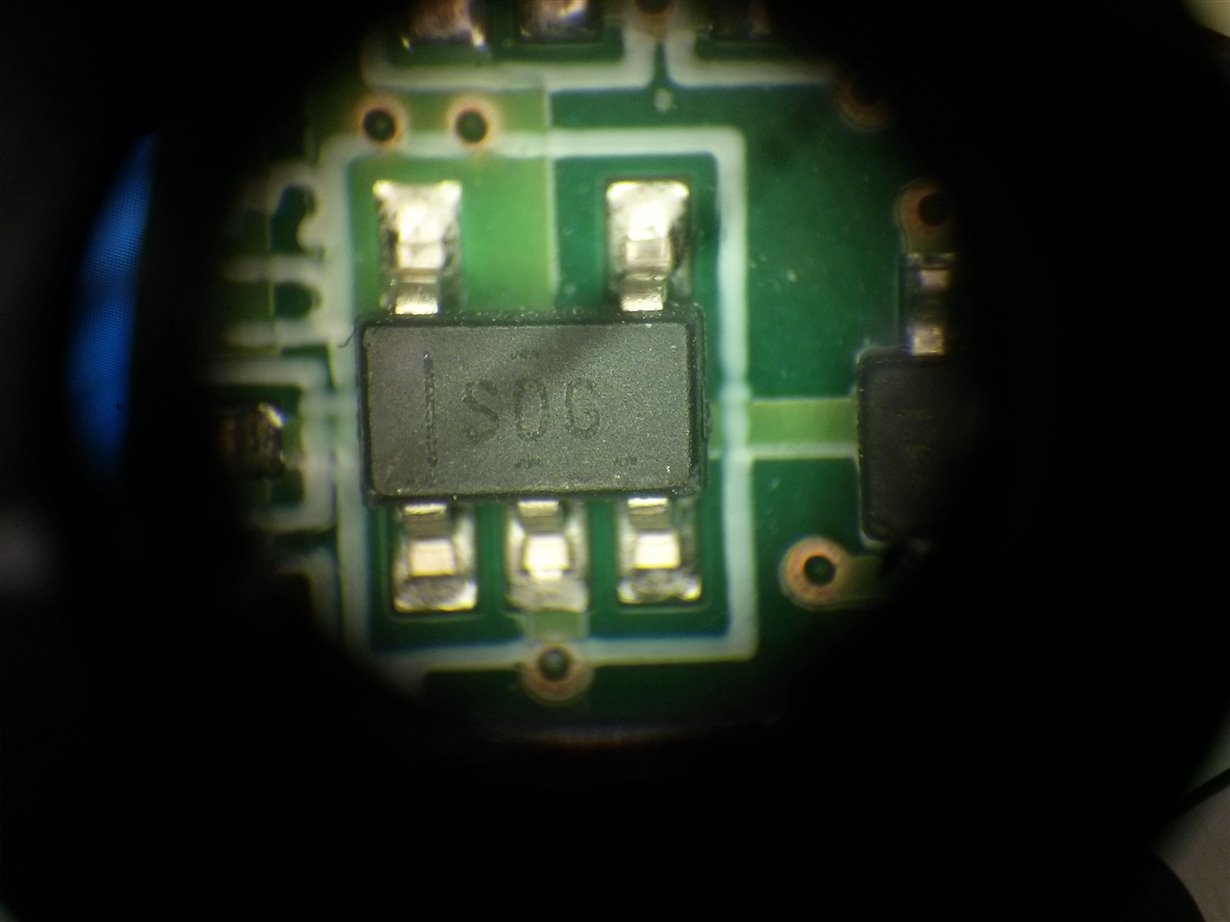I have a number of boards using the TPS70933 LDO. As per the data sheet I have left the ENABLE pin floating (internal pull-up only) with an input voltage of 8V but in all cases the output from the regulator is around 0.7V unless I manually pull up the ENABLE pin externally. When measured the voltage on the ENABLE pin is around 0.4 - 0.5V which does seem to be well under the 0.9V enable pin high value.
Is there some other minimum operating voltage before the enable pin pull-up starts to behave as specified or will I need to add an external drive to this signal?



